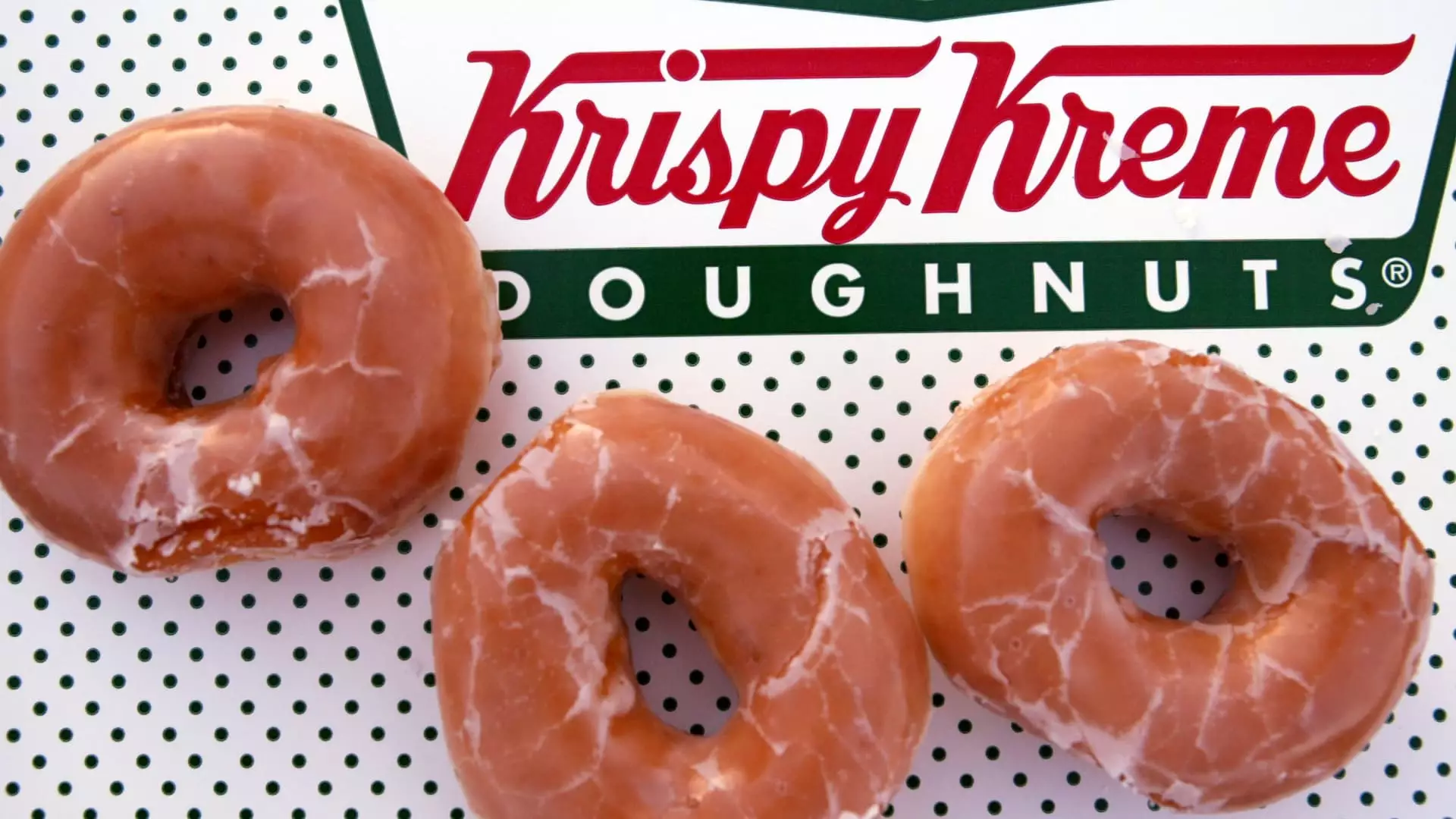In recent days, the surge in meme-inspired trading has once again exposed the fragility underpinning modern financial markets. Retail traders, buoyed by social media echo chambers, have shifted their focus from mainstream growth stocks to obscure, heavily shorted companies like GoPro and Krispy Kreme. While on the surface, this might seem like a democratization of investing, it reveals a dangerous tendency to equate hype with value. Traders are echoing the sentiment of “YOLO”—a reckless declaration of risking everything—yet they ignore the fundamental health of these companies. This speculative frenzy, driven by social media, obscures economic realities and fosters a false sense of market resilience, potentially setting the stage for a sharper correction when the hype inevitably fades.
The Risks of Herd Mentality and Market Manipulation
The behaviors seen on WallStreetBets and other forums are a lamentable form of herd mentality. When significant portions of retail investors pile into volatile penny stocks, they often ignore traditional investment metrics and risk assessments. Instead, they chase rapid profits fueled more by FOMO—fear of missing out—than any intrinsic company value. This pattern is reminiscent of past bubbles, where herd behavior inflates stock prices far beyond sustainable levels. Moreover, the elevated short interest in firms like Krispy Kreme underscores the underlying vulnerabilities. Such stocks are portrayed as “easy targets,” but their actual financial strength remains secondary to the hyperactive narratives that dominate online chatter.
The Disconnect Between Market Optimism and Economic Fundamentals
While the broader market has enjoyed record-setting gains and a rally fueled by seemingly positive headlines—such as subdued tariffs and optimistic economic data—the underlying economy is not without its stress points. The recent rally seems disconnected from the realities of inflationary pressures, geopolitical uncertainties, and an unpredictable policy landscape. The rapid rise of speculative stocks does little to address these structural issues; instead, it distracts investors from the need for caution and sober analysis. As the market continues to hit new highs, a critical investor should question whether this is confidence in genuine growth or just the latest chapter in a long history of speculative excess.
Public Sentiment Versus Economic Prudence
The populist appeal of meme trading reflects a broader societal trend—ordinary investors believing they can outsmart institutional players. While this democratization sounds appealing, it often leads to perilous circular reasoning: the hope that historical retail investor victories counteract inevitable downturns. The truth is that this mentality fosters short-termism and self-destructive trading habits. An overreliance on social media hype can distort perceptions of value, leading to bubbles that threaten financial stability. For center-right liberals concerned with economic responsibility, the challenge lies in balancing free-market enthusiasm with prudent regulation and investor education—discouraging reckless gambles masquerading as opportunity. Ultimately, the current meme-fueled rally might serve as a warning sign of deeper vulnerabilities hidden behind the veneer of market exuberance.

